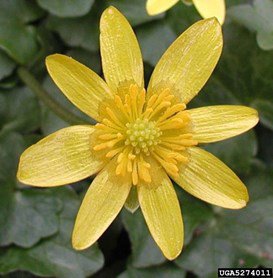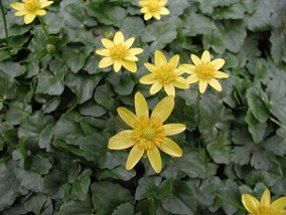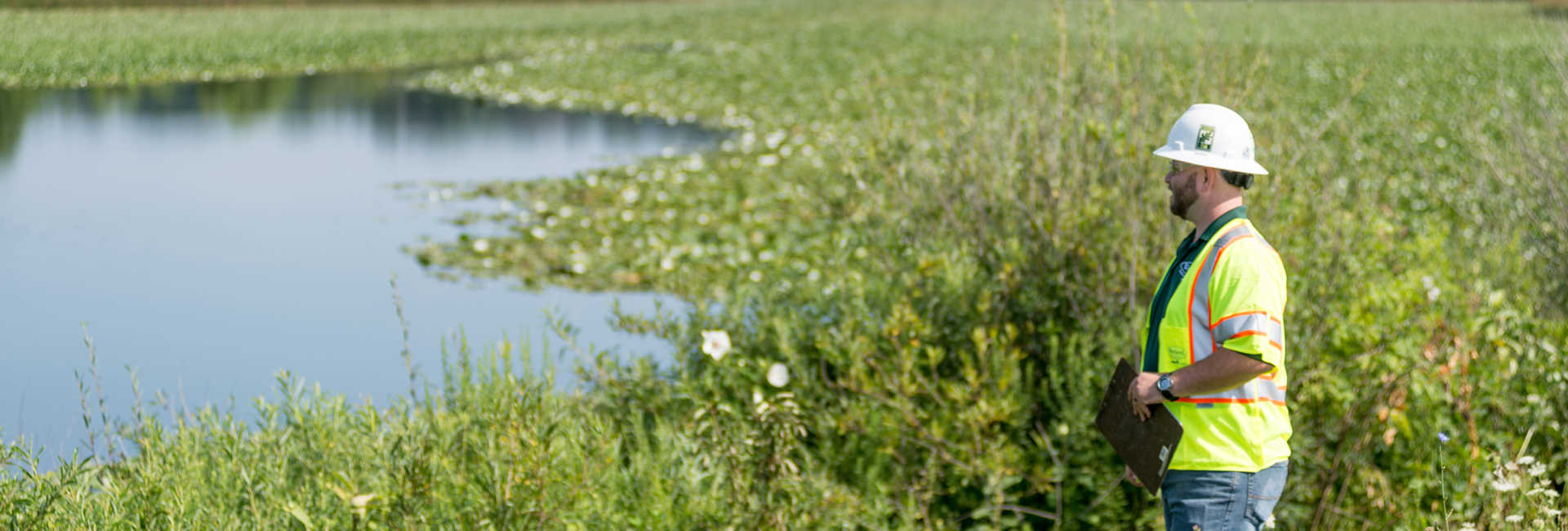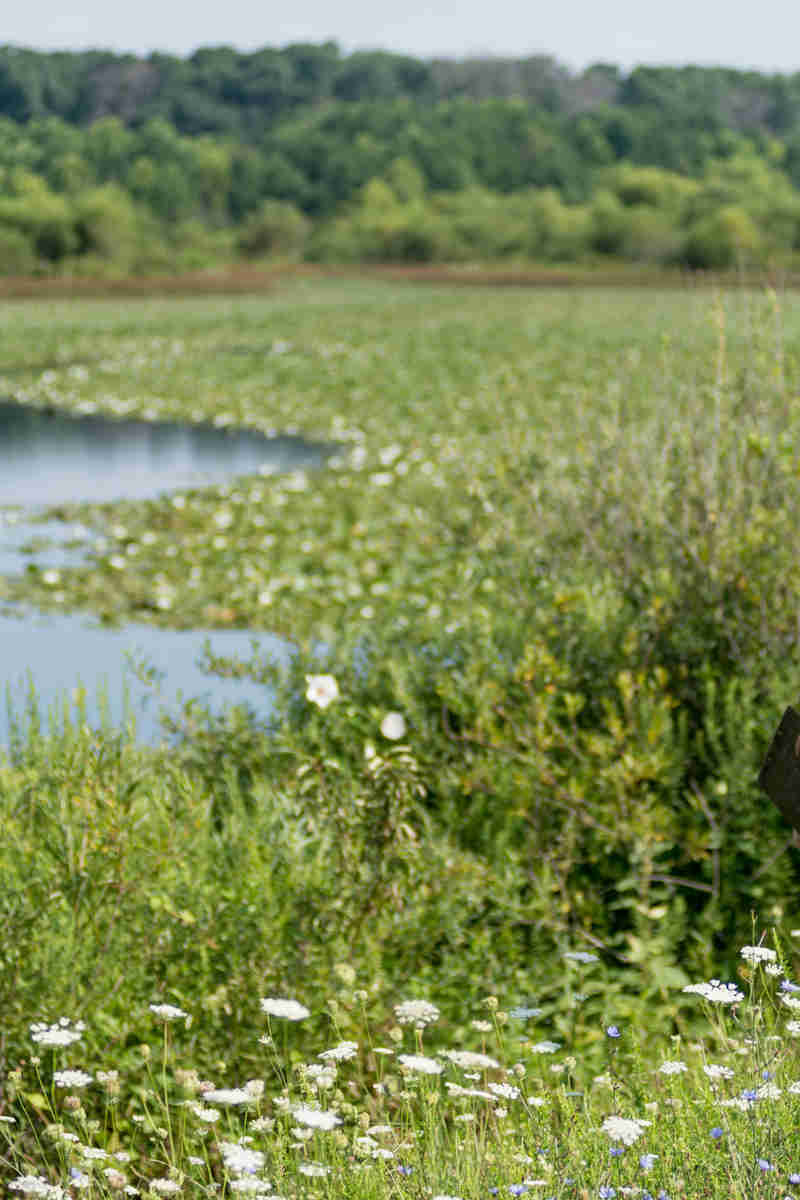
Natural areas, such as woods, prairies, and parks, are home to a vast array of plants and flowers. But over time, that biological diversity can become prey to an infestation of invasive plants. Invasive plants diminish the supply of food for native pollinators, which in turn diminishes the wildlife.
Invasive vegetation control (IVC) can help manage these invasive plants. There are four methods for vegetation control: cultural, biological, mechanical, and chemical. Mechanical and chemical methods, which use mowing and herbicide to control invasive plants, are the most common methods.
The time of year IVC work is done is based on the plants that are being targeted. In spring, one example of an invasive plant targeted by IVC is lesser celandine.
Controlling lesser celandine
Lesser celandine is an invasive plant originally from Northern Europe and was brought to the U.S. as an ornamental plant. Its presence has been reported throughout the northeastern region of the U.S. and has moved westward in the last few years.
This new invasive is part of the buttercup family, with low-growing plant with shiny leaves and yellow petals that can pop up in residential lawns, shadier moist soils, and wetland edges. The small bulb it grows from invades an area quickly and crowds out native species, taking the resources and space native plants need to survive.
It's easiest to identify lesser celandine in the spring when it’s flowering. Spring is also the best time to control this invasive plant because of its high visibility during a time where other plants are still emerging, and it is more susceptible to chemical application.

While this invasive plant is too widespread to be completely eradicated, it can be controlled. The best method of controlling lesser celandine is through herbicide application, since their small bulbs and low growth can make hand-pulling the plants difficult.
Since lesser celandine looks similar to other native plants, it can be difficult to identify by the untrained eye. Local Davey Resource Group offices can help land managers spot lesser celandine and determine the best approach for treatment.
Interested In Learning More About This Unwelcome Plant And Other Methods Of Invasive Control? Contact The Experts At Davey Resource Group.
Images provided by Leslie J. Mehrhoff, University of Connecticut, Bugwood.org



